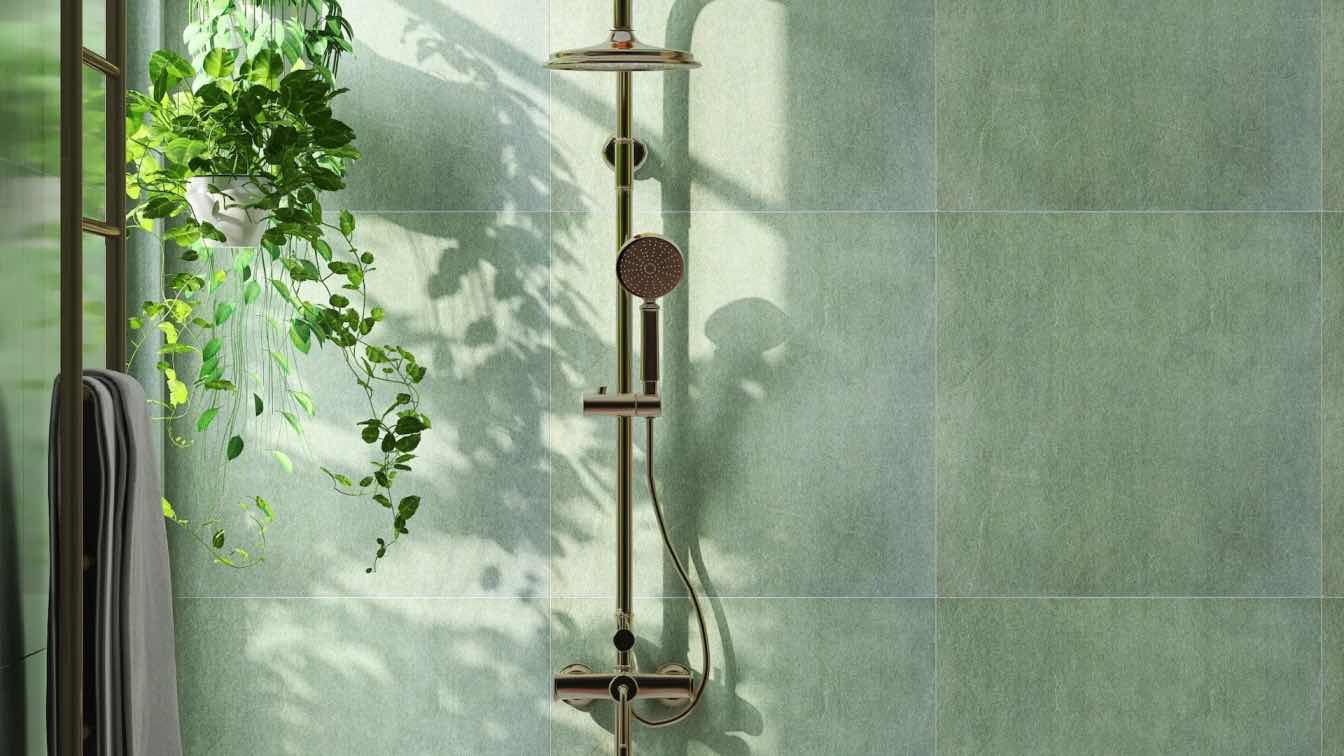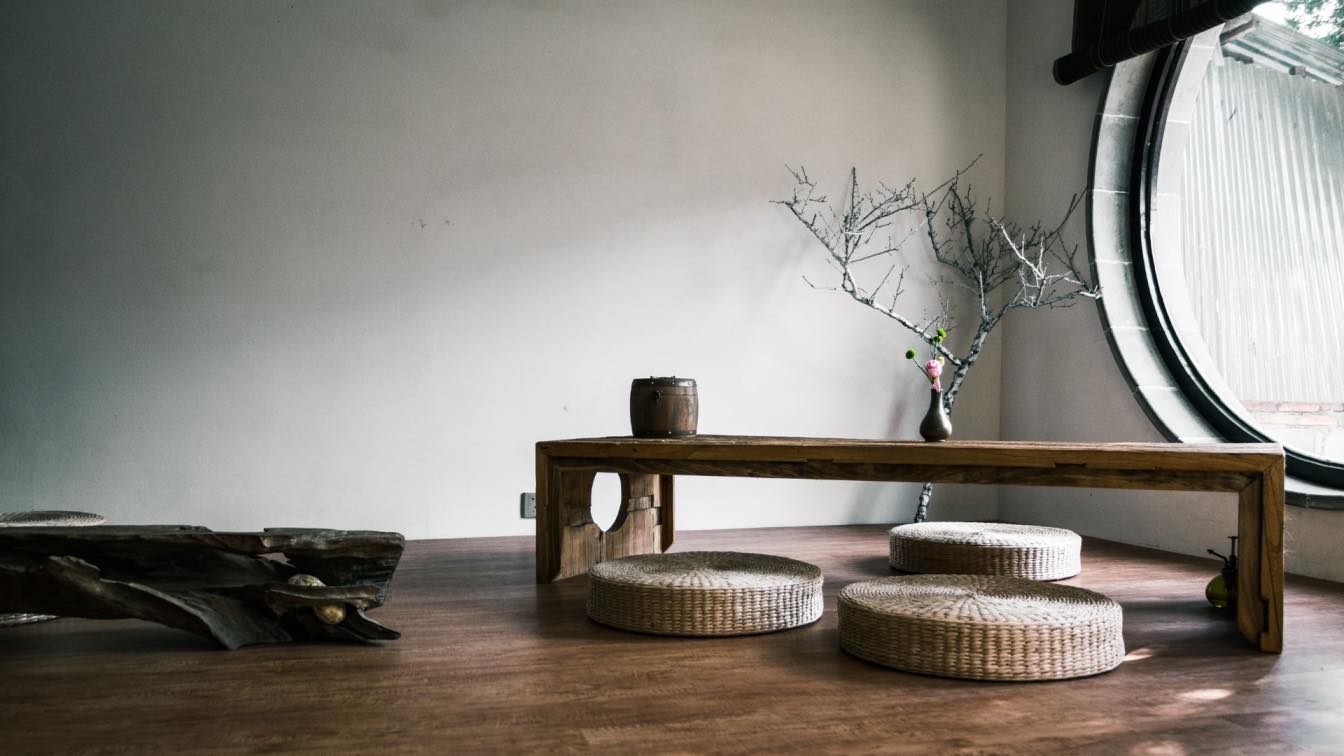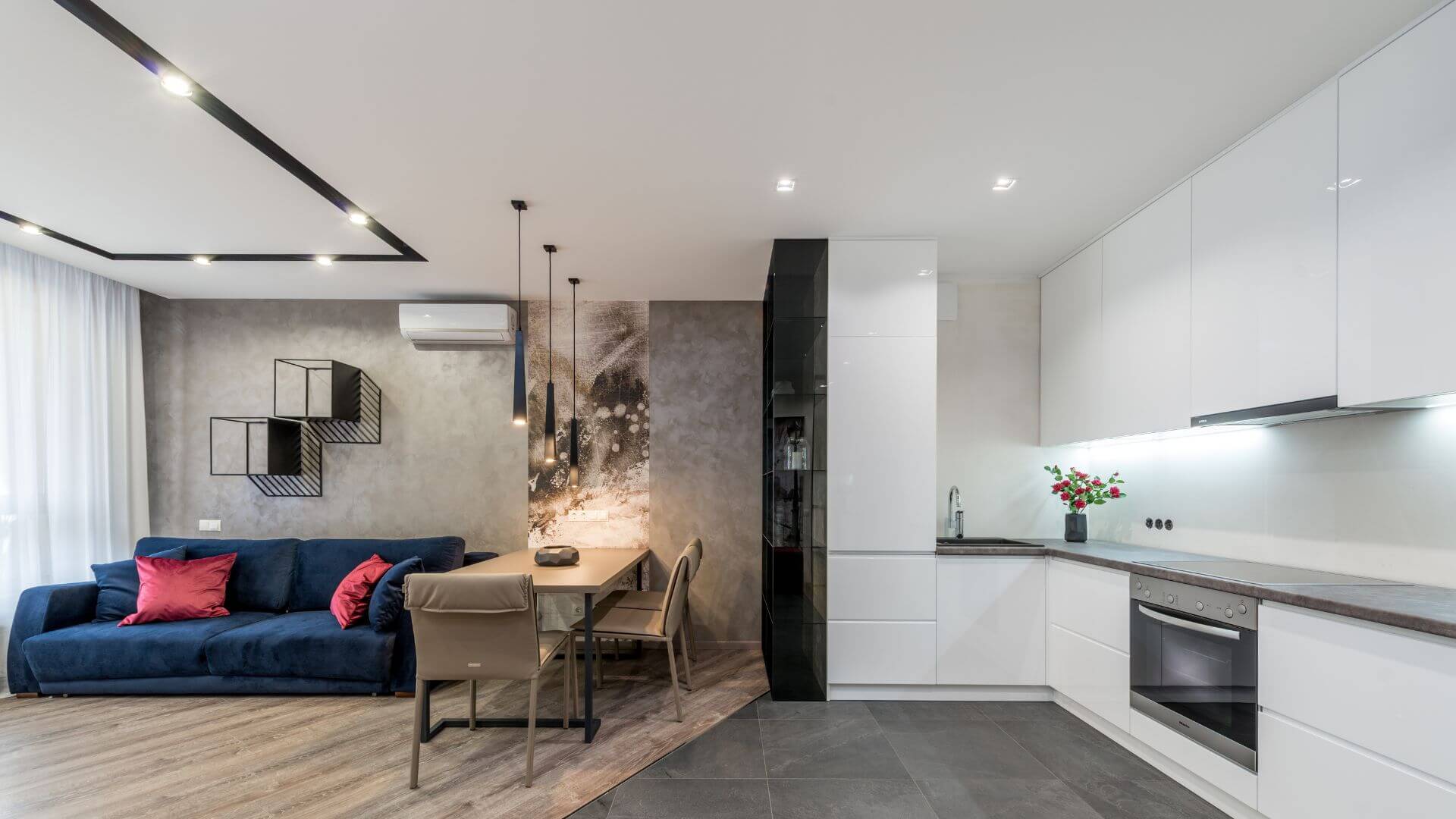Gone are the days when a traditional living space was considered more than enough for the occupants. Both the residential and commercial sectors have changed a lot. Now, materials like glass and wood are used to build modern yet elegant-looking living spaces.
It’s not just the type of materials that adds diversity; the way they are mixed with other décor elements truly changes the game. For example, glass shower doors are now commonly used instead of traditional curtains.
Thanks to wholesale shower door suppliers, it has become easier than ever to incorporate different types of shower enclosures.
This blog post highlights the different architectural house designs that inspire the majority of people. So, let's explore them!
How Innovative Living Spaces Complement Modern Architectural House Designs?
Now, let us explore how different innovative approaches help build those modern architectural house designs. So, here are a few examples:
1: Modern Minimalism: Embracing Simplicity
Modern minimalism brings in the beauty of simplicity that focuses on clean lines, open spaces, and a clutter-free environment.
Minimalist homes are characterized by their sleek and streamlined design, with an emphasis on functionality and practicality. From minimalist furniture to integrated storage solutions, every element serves a purpose while maintaining a minimalist aesthetic.
Innovative features such as wholesale shower doors contribute to the minimalist appeal of modern bathrooms. These sleek and elegant shower enclosures seamlessly blend into the overall design and add a touch of sophistication to the space.
2: Sustainable Architecture: Building for the Future
Sustainable architectural practices are also very important here. In this regard, contractors can incorporate eco-friendly materials and design strategies. This will help minimize the environmental impact of buildings and create healthier living environments.
Moreover, sustainable homes are equipped with energy-efficient appliances, passive heating and cooling systems, and renewable energy sources. Similarly, eco-conscious features such as shower doors made from recycled materials contribute to the overall sustainability of the home.
These days more and more architects are opting for sustainable materials such as slow iron glass for various purposes. Using such materials really helps in keeping the environment clean and safe.
3: Open Concept Living: Creating Fluid Spaces
Open floor plans are a hallmark of modern architectural design as they offer added flexibility, connectivity, and a sense of spaciousness. By removing barriers between living areas, architects can create fluid and adaptable spaces that cater to the diverse needs of homeowners.
Case studies of homes with open concept living spaces showcase the seamless transitions between different areas of the home. From the kitchen to the living room to the outdoor patio, these spaces encourage social interaction and connectivity.
Designing functional open spaces also requires careful consideration of privacy, acoustics, and zoning. Strategic placement of furniture, partitions, and architectural elements can create intimate areas within an open floor plan while preserving the sense of openness and connectivity.
4: Biophilic Design: Connecting with Nature
Biophilic design brings nature closer to people by adding natural features to buildings. This can include big windows that show beautiful outdoor views or indoor gardens that make you feel like you are outside. This kind of design helps people feel connected to nature.
Homes with biophilic design mix indoor and outdoor areas. They make it hard to tell where one ends and the other begins. Features like inner gardens, courtyards, and green roofs are some ways architects do this.
To include natural elements like wood, and glass in building plans, architects need to think carefully. They can use tricks like letting in more natural light, allowing for natural air flow, and setting up living walls. These make the space look amazing and bring nature indoors.
5: Smart Homes: Integrating Technology with Design
Smart homes use advanced technology to improve comfort, convenience, and energy efficiency. They include things like lights and climate control that work automatically, as well as voice-activated assistants and security cameras. These innovations are part of the home's design.
These smart home features make life easier and more fun. For example, smart thermostats remember how warm or cool you like your home, and smart appliances help with chores. Smart door systems, like ones that open without a key or sense movement, also add to security and ease.
Smart technology isn't just for living rooms and kitchens—it's in bathrooms too. Shower doors with smart features can open and close on their own, have built-in speakers, and let you change the lighting. This creates a spa-like feeling right at home.
6: Adaptive Reuse: Breathing New Life into Old Spaces
Adaptive reuse involves repurposing existing structures for new uses. This helps in minimizing waste and preserving historical significance. From old factories converted into loft apartments to warehouses transformed into art galleries, adaptive reuse projects breathe new life into neglected spaces.
Respecting the historical significance of existing buildings is also important when undertaking adaptive reuse projects. Architects and developers must carefully preserve original features and architectural elements while incorporating modern amenities and functionality.
Final Thoughts!
So, in short, innovative living spaces play a vital role in shaping the character and functionality of modern architectural house designs. In this regard, the minimalistic design approach best suits these designs.
For example, incorporating modern yet elegant shower doors brings a luxurious feel. Plus, customizing such add-ons further enhances the overall aesthetic appeal. So, with this approach, you can surely build innovative living spaces without too much hassle.





